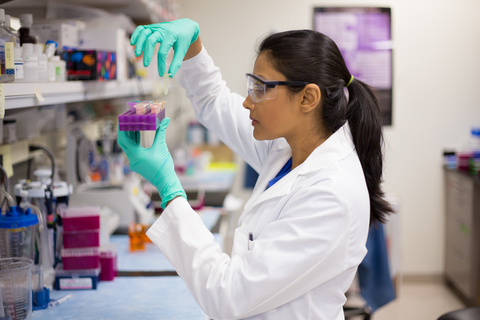The Swansea University modelling which suggests Wales’ third wave will peak and start to decline soon

The latest Swansea University modelling suggests we will reach the peak of the current wave of coronavirus in Wales “very soon”.
For more than a month Covid infection rates have been soaring in Wales, with the BBC reporting on Friday that the case rate has risen to 522.7 cases per 100,000 people. This week the seven day infection rate rose above 500 for the first time since January 4th 2021.
However, WalesOnline reports there is some hope in the latest modelling from Swansea University Medical School and the team at Super Computing Wales, which suggests that we could hit the peak in Wales within two weeks.
These models have proved accurate in the past and have fed into Welsh Government decision making throughout the pandemic. Even the most pessimistic models suggest that the peak will be achieved in early October.
If this is the case it will be significant because it will be the first major long term reversal in the R rate without intervention since the start of the pandemic.
This comes with a big warning for caution.
Mike Gravenor, Professor of Epidemiology at the Swansea University Medical School, and part of the team who conducted the modelling, said that although “many of our models” suggest the peak will be “very soon”, there are still big reasons to be cautious. This is mainly because the modelling isn’t yet backed up by a slow down in the daily case numbers.
He said “It will peak, according to the models, at a level not much higher than we have at the moment. But there is no data to test that. It turns over quite quickly so you’ll have to get quite close to the peak before you know it’s going down.
“We would like to see four or five days of going down but it’s like having your cake and eating it because if the data have been going down for a week we probably wouldn’t need the modelling.”
He said that because so many people have had the vaccine or Covid, the people available for the virus to infect is shrinking. This, according to the models, will lead to R number dropping below 1.
He said “We are reaching the herd immunity threshold. It is reaching a point in time where there are not enough susceptible people for each person who is infected to find a susceptible person to pass it on to. Via natural immunity and vaccine immunity it is starting to thin out.”
However, he said the message needs to be that “this is not over yet”.
He added “We still have many concerns.”
There is no data signal yet to help us.
Mike Gravenor said “This is essential and until we see that we can’t have high confidence in the downturn. We will be monitoring daily for any signs of sustained increase, because that would push up our predictions, and push the down turn into the future.”
NHS pressure is already very high, and will continue to rise beyond the case peak due to the lags.
Mike Gravenor said “So we will see increased pressure over the next few weeks. This high pressure is happening at a time [approaching winter] when NHS pressures tend to rise anyway. Any small changes to the peak in cases, can therefore have a big impact on a system already under pressure”.
In modelling it is always important to look for effects not included in the model that may happen and may raise the R value.
Mike Gravenor said “Important things that could change are more relaxed attitudes to mixing, reduced mask wearing, and especially relaxation over testing and isolation. It is very important that individuals keep up the guidelines on testing to check status before activities, and isolating on testing positive. It is possible that individuals relax this behaviour, perhaps under the assumption ‘it is all over’ but if these changes happen soon then they would increase R and allow the wave to reach a higher, later, peak, than the current model scenarios. This, again, would feed through into the hospitals putting even more pressure on.
There is also the question about how waning immunity will affect the virus. We have already seen in Israel how third booster jabs were needed as immunity waned after vaccination.
Mike Gravenor said that waning immunity could extend the peak.
He said “If vaccine induced immunity is relatively short this would tend to increase the peak and sustain it for longer, pushing through those problems into the health service. There are also longer term implications so this is a key focus of our work going forward.”








